Introduction to CAD/CAM Technology
In a world where dynamic change and innovation are a daily occurrence in the
machining industry, CAD (Computer-Aided Design) and CAM (Computer-Aided
Manufacturing) technologies are becoming indispensable pillars of the sector. In the
age of digitization and automation, CAD and CAM are not only facilitating processes,
but also revolutionizing the way products are designed and realized. CAD, with its
focus on digital design, enables the creation of complex models and plans with a
precision previously unavailable. CAM, in turn, as a tool for optimizing manufacturing
processes, transforms these designs into finished products, reducing production
time and increasing accuracy.
Today’s manufacturing environment increasingly relies on the synergy of CAD and
CAM to meet growing market demands for speed, flexibility and personalized
offerings. Understanding the impact of these technologies on the industry is key to
appreciating their role in shaping the future of the manufacturing sector.
What is CAD?
CAD (Computer-Aided Design) technology is at the heart of modern engineering and
architectural design. A key tool for creating complex and precise digital models, it
affects every aspect of manufacturing. CAD allows rapid visualization, analysis and
customization of designs, resulting in reduced design time and increased efficiency.
Its main advantage is its ability to create detailed 2D and 3D models that can be
easily modified and adjusted. This flexibility allows designers to explore a variety of
solutions and quickly make changes in response to changing requirements or
feedback received. In addition, CAD supports decision-making processes by enabling
simulations and analyses that evaluate a project’s performance and functionality
before execution.
What is CAM?
Computer-Aided Manufacturing, or CAM, is the technology needed to transform CAD
designs into finished products. It is a production management tool that controls CNC
(Computer Numerical Control) machines and other manufacturing equipment,
enabling digital models to be realized into physical creations.
The difference between CAM and CAD lies in their direct application: CAD focuses on
creating models, while CAM puts those designs into practice. CAM streamlines
manufacturing processes such as milling, turning, cutting or 3D printing, allowing for
greater precision, efficiency and minimizing errors.
In an era where speed and flexibility in production are important, CAM enables rapid
adaptation to change market and design requirements. With the ability to quickly
adapt manufacturing processes to changes in CAD designs, CAM is particularly
valuable in industries requiring short production runs or product personalization.
CAD/CAM Integration: Definition and advantages
The integration of CAD (Computer-Aided Design) and CAM (Computer-Aided
Manufacturing) technologies is an important strategy in modern manufacturing
processes. It enables a seamless transition from design to product realization. A key
benefit of this integration is that it speeds up the manufacturing process through direct communication between modules, enabling rapid design changes and
reducing lead times.
CAD/CAM integration also reduces the risk of data transfer errors. An integrated
system improves collaboration between design and production teams, contributing
to better project management and greater flexibility to adapt to customer requirements.
In addition, using a single integrated system reduces the need for training and
reduces software maintenance costs. As a result, CAD/CAM integration not only
streamlines the manufacturing process, but also significantly strengthens a
company’s productivity and competitiveness in the market.
Impact of MasterCam X22 CAD/CAM System on Manufacturing at SIM Gdynia
As of January 2024, at SIM Gdynia, we have the MasterCam X22 CAD/CAM system,
which plays a key role in our bespoke manufacturing of mechanical components for
a variety of industries. It’s not only our main design software, but it’s also a tool we’re
constantly developing to stay on top of the latest trends and keep standards at the
highest level.
With MasterCam X22, our manufacturing has gained faster design and higher
accuracy, translating directly into shorter lead times and faster delivery of finished
products to customers. The integration of CAD and CAM in a single system makes
the workflow smoother, reduces the risk of errors, and makes cooperation between
departments more efficient.
All in all, MasterCam X22 is more than just software to us – it’s the key to more
efficient work and better adaptation to our customers’ requirements.
